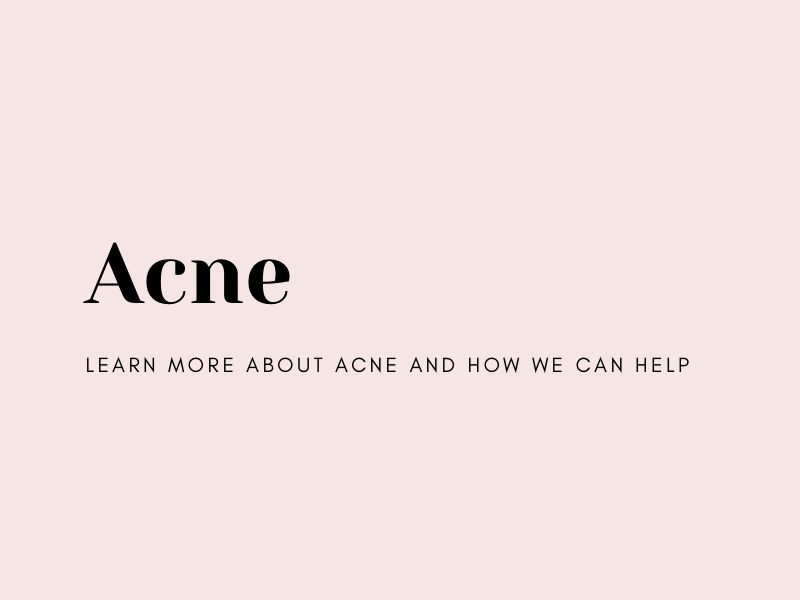Acne is a very common skin disease. In fact, it is one of the most common skin conditions in the world. Most people who have acne are teenagers or young adults, but acne can occur at any age, including newborn babies, and middle age adults. Acne involves the sebaceous glands of the skin. It is characterized by papules, pustules, cysts, nodules or comedones (blackheads/whiteheads). There are four major causes of acne:
Follicular hyperproliferation and abnormal desquamation- this is when hair follicles become blocked with skin cells. These cells combine with sebum and create a follicular plug and inflammation
Increased sebum production- sebum is an oily substance produced by the sebaceous gland that lubricates the hair and skin. Pore size and sebum production increases during adolescence leading to acne
Overgrowth of Propionibacterium acnes that normally lives on skin
Inflammation- bacterial overgrowth or plugged follicles can lead to the rupture of the follicle and formation of a pimple
Hormonal changes can influence acne. The sebaceous glands are highly sensitive to hormones. Testosterone increases in males during adolescence and is also responsible (along with progesterone) for worsening acne around a woman’s menstrual cycle.
External factors also play a role. Oil-based cosmetics may contribute to the development of acne. Oils and greases in hair products can also worsen skin lesions. Water-based or “noncomedogenic” products are less likely to worsen acne.
People with acne often use soaps and astringents. While these treatments remove sebum from the skin surface, they do not decrease sebum production; frequent or aggressive scrubbing with these agents can actually worsen acne.
Psychological stress can also worsen acne.
Treatment for acne include topical retinoids (tretinoin, Retin-A, adapalene, tazarotene), oral retinoids (Isotretinoin), azelaic acid, salicylic acid, benzoyl peroxide, clindamycin, sulfacetamide, and hormonal therapies (combination oral contraceptive pills, and spironolactone).
Benzoyl peroxide, topical Dapsone, topical clindamycin, topical erythromycin and sulfacetamide help to decrease the C. acnes proliferation. Benzoyl peroxide has antibacterial and comedolytic properties to help decrease this “bad” bacteria without leading to antibiotic resistance.
Topical retinoids are good for both comedonal and inflammatory acne and is used in the management of acne in most patients. Retinoids reduce follicular occlusion and comedone formation. They also have anti-inflammatory properties and can help with post-inflammatory hyperpigmentation. These products are generally used at night.
Oral tetracyclines (such as minocycline and doxycycline) help with inflammatory acne due to their anti-microbial and anti-inflammatory propertiesAndrogens stimulate increased sebum production which can lead to acne. Some females may benefit from combination hormonal therapy in a birth control pill and/or spironolactone. Spironolactone blocks the androgen receptors on the skin, thus leading to decreased sebum production
According to the KAD, a low glycemic index diet is associated with fewer acne breakouts. This may be because blood sugar spikes causes insulin to be released, causing inflammation. There has also been a link between acne and milk consumption and that acne may improve with a healthy diet, low in sugar and milk.
Basic care for patients with acne is to wash face twice daily with gentle cleansers with fingertips, avoid picking at acne to prevent scarring, wear zinc-based sunscreen SPF 30 or higher when out in the sun, use gentle, non-comedogenic moisturizers and avoid harsh mechanical exfoliants as this may aggravate acne.
Keratosis Pilaris


